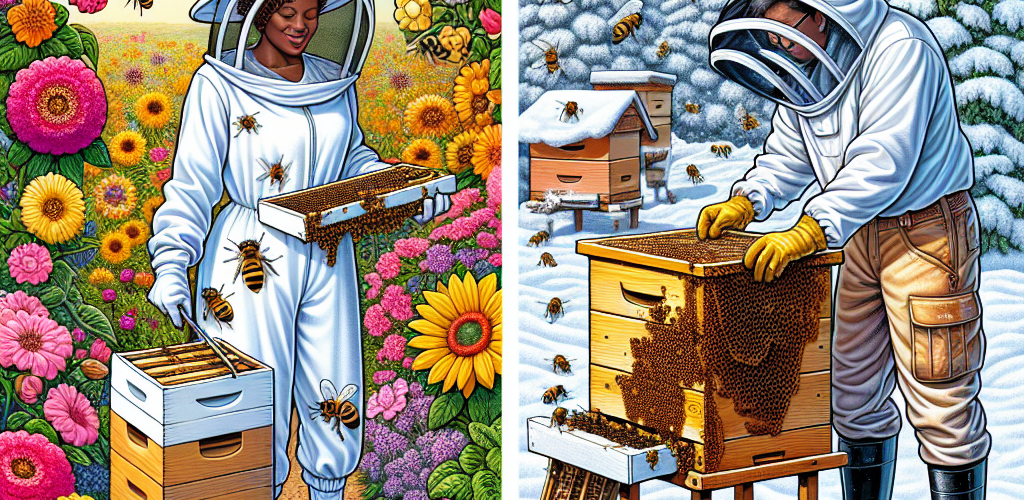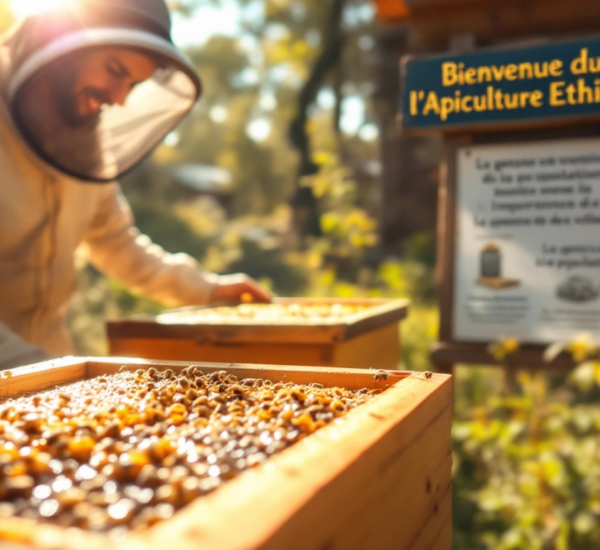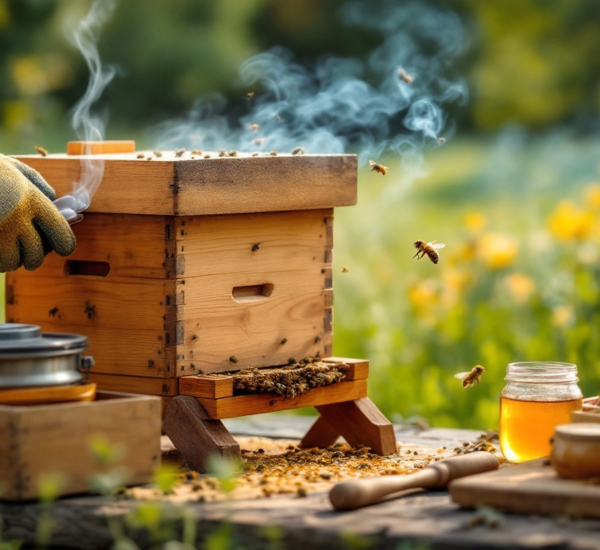Beekeeping is not just a hobby; it’s an art of seasons. Knowing when and how to care for your hives throughout
the year is essential for the well-being of your bees. This guide will provide you with seasonal beekeeping
tips designed to keep your hives healthy and thriving no matter the time of year.
Table of Contents
Spring Preparation
Spring is a crucial time in the world of beekeeping. As the bees emerge from their winter clusters, your primary focus should be on hive inspection and ensuring adequate resources for growth.
Conduct a Thorough Hive Inspection
Begin your spring activities with a comprehensive hive inspection. Look for any signs of disease or pests such as Varroa mites. Ensure that the queen is present and laying eggs to support a growing population.
Supplement Feeding
Consider supplementing your bees’ diet with sugar water or protein patties if natural nectar sources are scarce. This will give your hives the energy they need for brood expansion.
To dive deeper into hive inspection, visit our comprehensive Hive Inspection Guide.
Summer Maintenance
As temperatures rise, so does the activity within your hives. Summer is the prime time for honey production, but it also brings challenges.
Monitor for Swarming
Bees may swarm as the colony outgrows its space. Regularly inspecting for queen cells will help prevent sudden swarming. If needed, create space by adding supers for honey storage.
Pest and Disease Control
Warm weather can increase the presence of pests. Set up traps or use organic treatments to mitigate risks. For a guide on organic pest control, explore our article on Organic Pest Management.
Autumn Checklist
As the days get shorter, it’s time to prepare your hives for the approaching cold months. Properly preparing during autumn can mean the difference between hive survival and loss.
Reduce Hive Space
As bee activity decreases, consolidate hive space by removing empty supers. This helps the bees maintain the necessary warmth when temperatures drop.
Feeding and Medication
Consider feeding your bees and providing any necessary medication to boost their health through winter. Ensure they have enough stores of honey for the cold months.
Winter Care
Winter is a time of rest for your colony. Your main objectives are protection from the elements and ensuring the bees have enough food reserves.
Insulation and Ventilation
Insulating your hives will protect them against cold winds while ensuring there is adequate ventilation to prevent mold inside the hive.
Periodic Checks
On milder days, quietly check from the outside for evidence of activity or potential predation issues. Avoid opening the hives to maintain heat.
For further winter preparation tips, consider reading our detailed guide, Winter Hive Preparation.
Frequently Asked Questions
What are the best times of the year to start beekeeping?
Spring is generally the best time to start, as it aligns with the natural growth cycle of bees. Fall can also work in milder climates.
How can I prevent my bees from swarming?
Regular hive inspections and providing ample space and resources can help prevent swarming. Splitting hives is another effective method.
What should I do if I notice diseases in my hive?
Act quickly by identifying the issue. Use appropriate treatments and consider contacting a local apiary expert for advice. For more on disease management, visit our Disease Management Guide.
Armed with these seasonal beekeeping strategies, you can ensure your hives remain healthy and productive throughout the year. Dive into more beekeeping insights by visiting our Beekeeping Tips page. Whether you’re a novice or an experienced beekeeper, continually engaging with your hives and adapting to their needs across seasons will lead to success.
For authoritative sources on beekeeping, consider exploring the USDA Agricultural Research Service.




